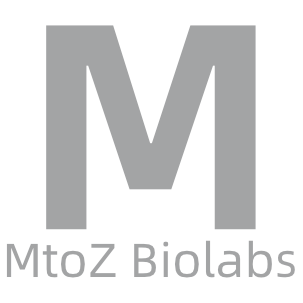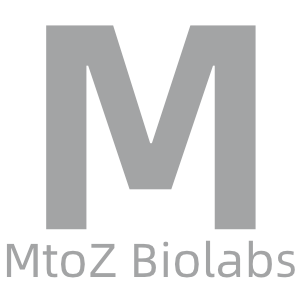Far Ultraviolet Circular Dichroism Spectroscopy
Circular Dichroism (CD) spectroscopy is a rapid, simple, and accurate method for studying protein structure in dilute solutions. Structural analysis is carried out using the circular dichroism of proteins and the difference in the absorption of left and right circularly polarized light by asymmetric molecules.
The CD spectrum in the far ultraviolet region mainly reflects the circular dichroism of the peptide bond. In the regular secondary structure of proteins or peptides, the peptide bonds are arranged in a highly regular manner. The arrangement direction determines the splitting of peptide bond energy level transitions. The positions and absorption intensity of the CD bands produced by proteins or peptides with different secondary structures are different. Therefore, based on the far ultraviolet CD spectrum of the protein or polypeptide being measured, information about the secondary structure of the protein or polypeptide chain can be obtained, revealing the secondary structure of the protein or peptide.
If the protein without a definite three-dimensional structure still retains its secondary structure, the signal in the near ultraviolet region will be almost zero. On the other hand, if the protein folds into a definite structure, a significant near-ultraviolet signal will appear. Slight changes in the tertiary structure caused by protein-protein interactions or changes in solvent conditions can be detected by sensitive near-ultraviolet CD spectroscopy.
How to order?







